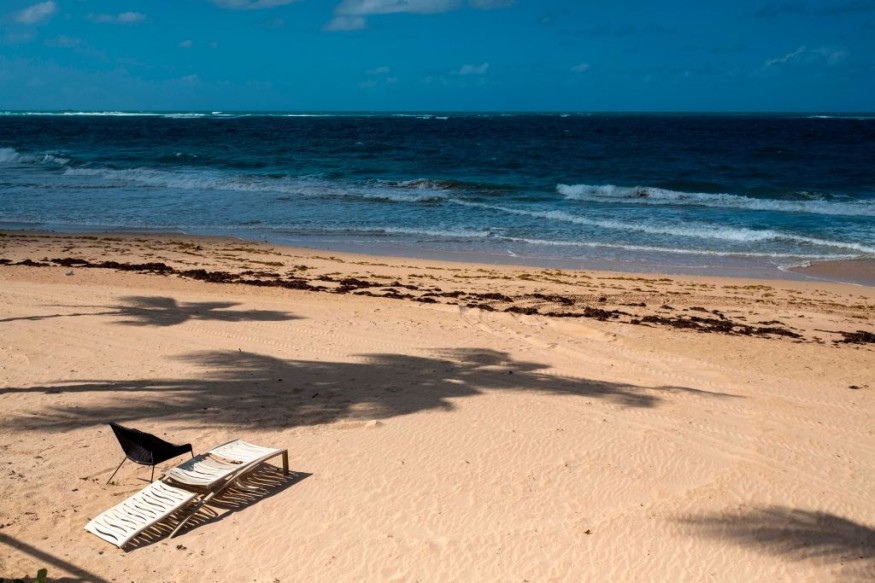Dozens of earthquake swarms have loomed below the island territory of Puerto Rico for the last seven days.
Although there have been no immediate reports of a tsunami threat, the event may still manifest a potential disaster.
Puerto Rico Earthquake Swarms

Latest reports suggest that 94 earthquake swarms have shaken the island since Monday, April 4.
Meanwhile, 25 tremors have transpired over the past 24 hours as of Monday, April 11, according to meteorologists from weatherboy.com.
In December 2019, the country experienced a series of earthquake swarms, including 123 with more than 3.0 magnitude on the Richter scale.
In January 2020, a massive 6.4 magnitude earthquake struck the island causing multiple casualties and widespread disruption, causing a large-scale blackout affecting more than a million people; as well as leaving four people dead and nine injured.
The Puerto Rico government has planned to allot $3.7 billion USD aimed at rebuilding the education infrastructure of the island following a series of natural disasters, including earthquakes, flooding, and hurricanes, over the years, as per the Latin America news site BNamericas.
Since then, renewed earthquake swarms have continued until early April, but no major incident has been recorded so far.
Regardless, stronger quakes are possible in the coming weeks or months.
What are Earthquake Swarms?
The United States Geological Survey (USGS) stated earthquake swarms are different from regular quakes or aftershocks as they are characterized by low-impact yet recurring tremors that can last for several days or even months.
Earthquake swarms are often mistaken for aftershocks since both have no main identifiable shock.
This means that determining the first or initial quake from these geological phenomena is challenging since they occur in quick succession and most of the time, simultaneously.
The USGS added that earthquakes swarms are short-lived but their large numbers, similar to an insect swarm or other related connotations, enable them to continue for a prolonged period of time due to their collective occurrences.
Despite the weak impact of earthquake swarms, the potential for a "strong earthquake swarm" or a "major quake" cannot be ruled out.
This is due to the fact that a series of tremors still affect the tectonic plates underneath the ground. The movement of these plates is the main cause of shocks, as per the USGS.
Difference with Aftershocks
Over the years, anecdotal evidence, media reporting, and concerned geo-seismic agencies indicate that aftershocks normally occur immediately after the core earthquake.
Since tectonic plate movements are unstable, the main quake can still result in residual effects below the Earth.
However, the US geological agency is quick to point out that there are instances when an aftershock is stronger than the initial tremor.
When this occurs, the aftershock now becomes the main earthquake and the previous main quake will be classified as a foreshock.
Puerto Rico is situated above the edge o the Caribbean tectonic plate, which is continuously colliding with the North American plate, according to the National Oceanic and Atmospheric Administration (NOAA).
© 2025 NatureWorldNews.com All rights reserved. Do not reproduce without permission.





